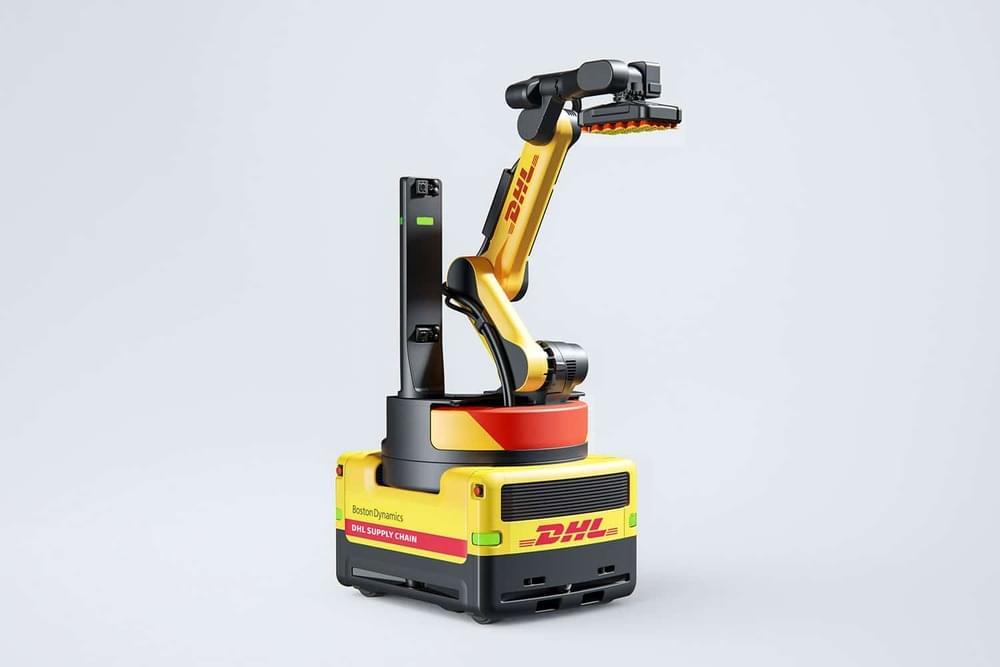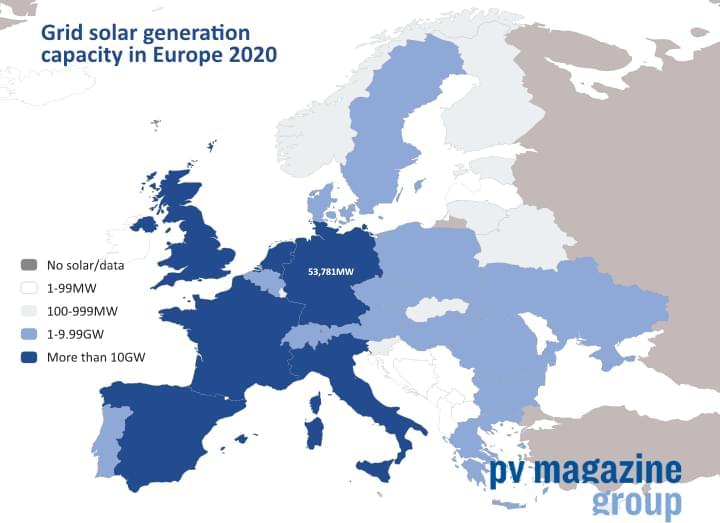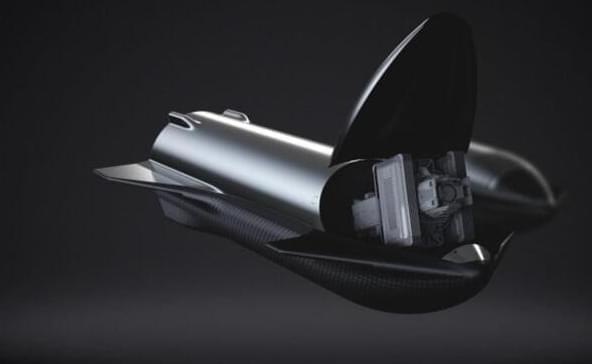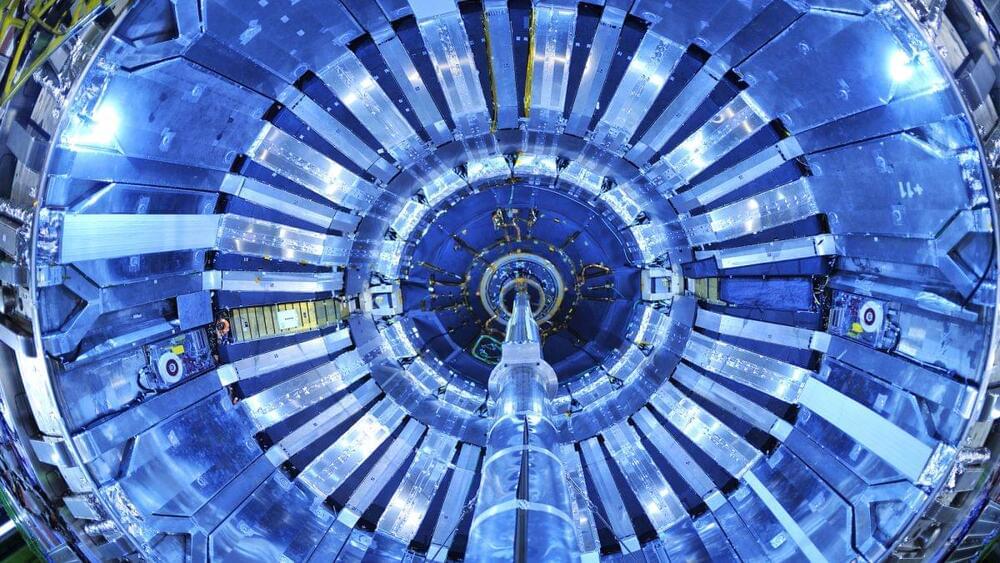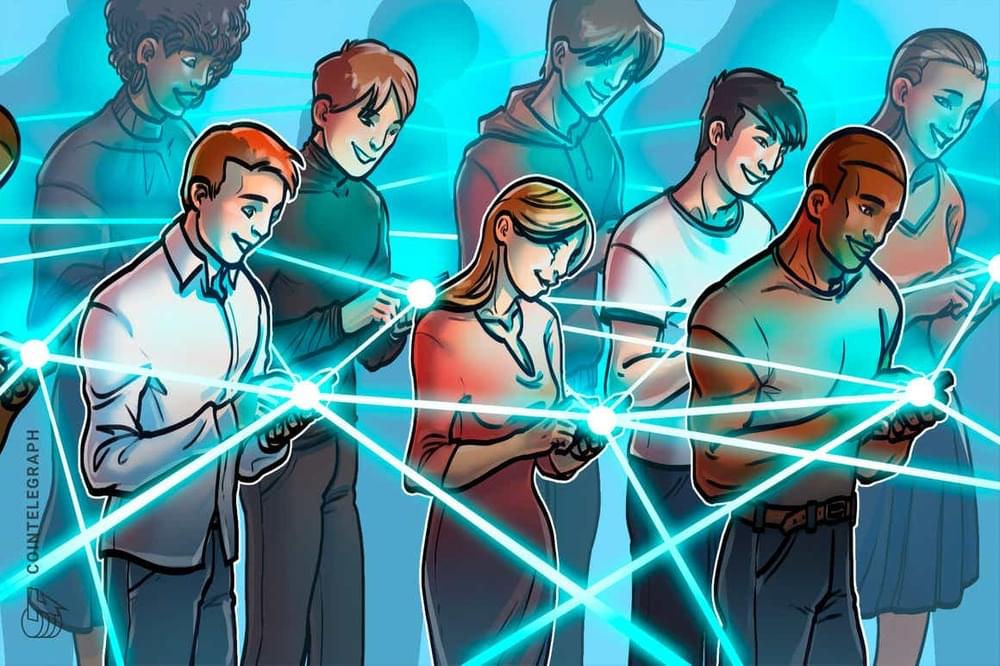From creating a Zen garden on Mars to conducting sound experiments in the massive wind tunnel at NASA Ames, artist-adventurer Charles Lindsay’s work questions our understanding of time and consciousness. Lindsay is the founder of the SETI Institute’s Artist in Residence program and is now a visiting professor at Kyoto University of Arts. His sculptures, sound installations, and immersive environments, built from salvaged aerospace and bio-tech equipment, invite us to ponder ideas about technology, eco-systems, and semiotics.
If you like science, support the SETI Institute! We’re a non-profit research institution whose focus is understanding the nature and origins of life in the universe. Donate here: https://seti.org/donate.
Learn more about the SETI Institute and stay up-to-date on awesome science:
- Subscribe to our YouTube channel at https://www.youtube.com/c/SETIInstitute/
- Watch our streams over on Twitch at https://www.twitch.tv/setiinstitute.
- Listen to our podcast, Big Picture Science http://www.bigpicturescience.org/
- Subscribe to our newsletter https://seti.org/signup.
- Buy merchandise from Chop Shop https://www.chopshopstore.com/collections/seti-institute/SETI
Don’t forget to like and subscribe! Ring the bell for notifications of when we go live.
#SETILive #SciArt #Art #ArtistinResidence #Science #Technology
